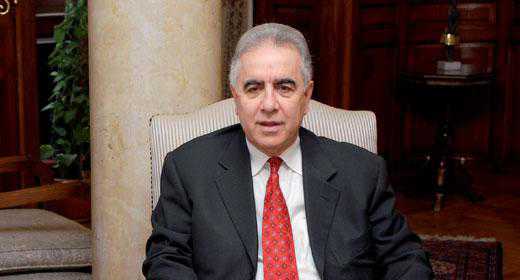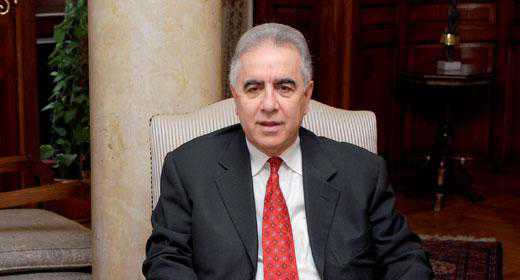
It is not often that I cover murder mysteries, but I am making an exception given the unusual circumstances of an Ottoman Crown Prince’s death in 1916 and its possible link to Talaat and the Armenian Genocide.
The first clue was an article I came across in the April 3, 1921 issue of The Pittsburgh Press, titled: “Patiently Tracked to His Hiding Place and Killed: How the Bloodthirsty Turkish Grand Vizier, Talaat Pasha, Who Planned the Murders of a Million Armenians Met His Fate.” This news report was occasioned by Soghomon Tehlirian’s assassination of Talaat on March 15, 1921, in Berlin.
One paragraph, in particular, buried in the middle of the lengthy article, contained a shocking revelation: “Perhaps the strangest fact of all in connection with Talaat’s career is that he paved his way to this supreme office by murdering the heir to the throne, Crown Prince Youssouf Eddine, a nephew of the reigning Sultan. The young prince had protested strongly against Talaat’s announced policy of exterminating the Armenians. Talaat, seeing a prospect of serious opposition, shot the prince like a dog.”
To ascertain the veracity of this surprising news item, I conducted a lengthy internet search and consulted publications in English, French, Turkish, Spanish, and Armenian, based on the different spellings of the Prince’s name: Youssouf Eddine, Yusuf Izzeddin, Yusuf Izzettin, etc.
While most of these sources agree that the Crown Prince died under suspicious circumstances, they present three distinct narratives on how he met his untimely death. There is even an entire Turkish book on this mystery, titled: ‘Shehzade Yusuf Izzedin olduruldu mu, intihar mi etti?’ [Crown Prince Yusuf Izzedin was killed or committed suicide?].
The first account is the one mentioned by The Pittsburgh Press claiming that the Crown Prince was killed by Talaat for opposing the extermination of the Armenian people.
The second explanation for the premature death of the Crown Prince is that he committed suicide by slashing his wrists. The Young Turk government issued the following official announcement on Feb. 3, 1916: “In consequence of the malady from which he suffered so long, His Highness the Heir to the throne committed suicide at half-past seven this morning in the bedroom of the harem pavilion of the summer-house at Zindjirly, by opening the veins of his left arm.”
This formal statement was met with widespread skepticism, giving rise to a third explanation for the Crown Prince’s demise. French Minister of State Yves Guyot, in the preface to his book’s English edition, ‘The Causes and Consequences of the War,’ published in 1916, wrote that those who had read the official communiqué were convinced that the Young Turks “made the heir to the throne ‘commit suicide.’ Information from many quarters confirms that suspicion.”
Guyot and other chroniclers asserted that War Minister Enver Pasha had Izzeddin killed for opposing the Ottoman alliance with Germany during World War I. “After the bombardment of Odessa by the Turkish fleet he [Izzeddin] indicated his disapproval in no uncertain manner. From that moment he was doomed,” wrote the French Minister.
Guyot also described in detail a secret meeting in 1915 attended by Talaat, Enver and other Young Turk leaders, during which Enver advocated the elimination of the Crown Prince, who was “assassinated on the day before he was to start for Europe,” according to Guyot.
Bishop Grigoris Balakian, a prominent survivor of the Armenian Genocide, affirms in his memoirs, ‘Armenian Golgotha,’ that the Crown Prince was “killed by Enver and Talaat’s criminal clique…. Enver himself killed Yusuf Izzedin at the imperial farm of Balmomji.” Having witnessed the dead bodies of thousands of Turkish soldiers at the Battle of the Dardanelles, the Crown Prince protested to Enver that “the Dardanelles is the grave of the Turkish Army.” He was murdered after threatening Enver with a pistol.
Those who think that the assassination of a Crown Prince is too far-fetched to be credible should realize that such palace intrigues were a common practice during the long history of the Ottoman Empire. All too often, Sultans would orchestrate the murder of scheming heirs, and rival siblings would kill each other to pave the way for their own accession to the throne. In fact, 15 of the 36 reigning Sultans either abdicated (3), were overthrown (7) or were murdered (5).

